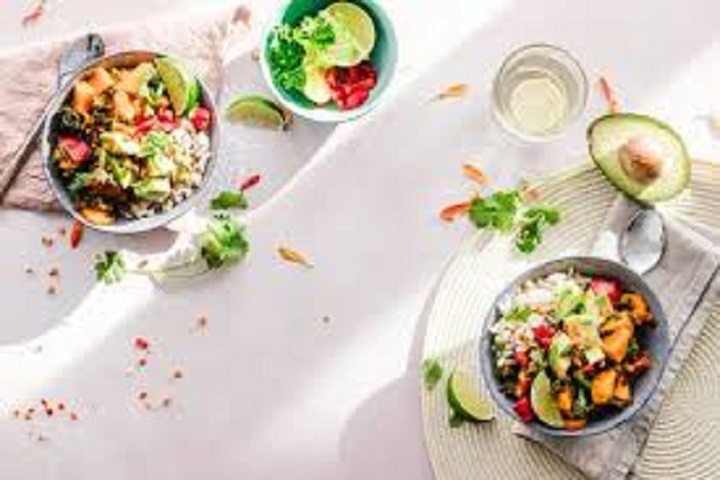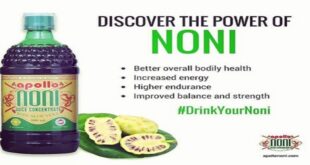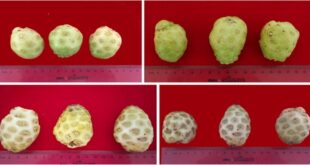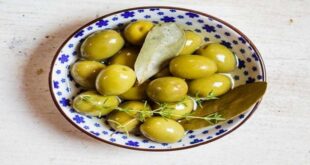Buying This Food
Firm, smooth, medium-sized white turnips with fresh green leaves on top. Choose smoothly waxed, medium-sized rutabagas with smooth, unscarred skin. Avoid: White turnips with wilted greens or rutabagas with mold on the surface
Storing This Food
Pull all the leaves off a white turnip, wash them, and store them separately in a plastic bag. (For information about preparing turnip greens, sea greens.) Refrigerate the turnips in the vegetable crisper. Waxed rutabagas may be stored in a cool, dark cabinet.
Preparing This Food
Wash the turnips under cool running water and peel to just under the line that separates the peel from the flesh. Rutabagas. Cut the vegetables into quarters (or smaller pieces if necessary) and then cut away the waxed rind.
What Happens When You Cook This Food
When turnips and rutabagas are cooked, the pectins in their cells walls dissolve and the vegetable softens. Like other cruciferous vegetables, turnips and rutabagas contain mustard oils bound to sugar molecules. These compounds are activated when you cook a turnip or rutabaga or cut into it, damaging its cell walls and releasing enzymes that separate the sugar and oil compounds into their smelly components (which include hydrogen sulfide, the chemical that makes rotten eggs smell rotten).
Compared to the mustard oils in cabbage, brussels sprouts, and broccoli, the ones in turnips and rutabagas are very mild. They produce only a faint odor when these vegetables are cut or cooked, but the longer you cook a turnip or rutabaga, the more smelly chemicals you will produce and the stronger the taste and odor will be.
Cooking white turnips in an aluminum or iron pot will darken the turnips or discolor the pot. The turnips contain pale anthoxanthin pigments that interact with metal ions escap[1]ing from the surface of the pot to form brown or yellow compounds. Rutabagas, which get their color from carotenes that are impervious to the heat of normal cooking, stay bright yellow in any pot
 TRUTHREVIEWERS
TRUTHREVIEWERS




